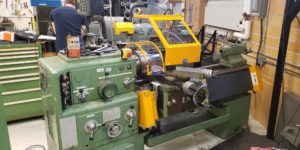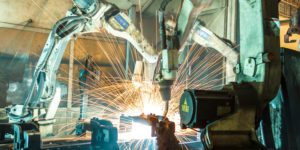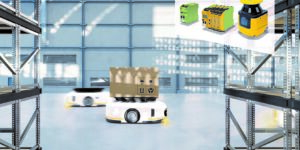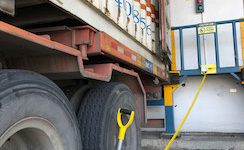Machine Safeguarding
Safeguarding Your Machines has Never Been Easier
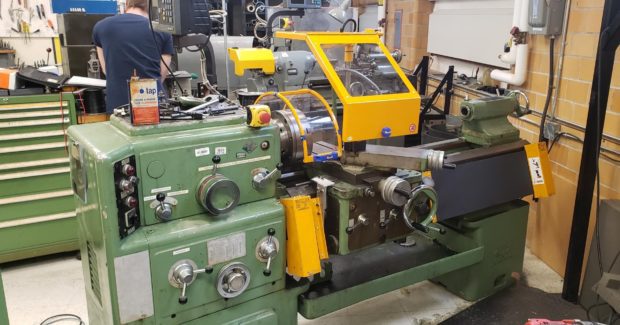
Safety systems, sensors, machine guards and other safeguards protect your staff and increase your ability to run an effective shop.
Safety systems, sensors, machine guards and other safeguards protect your staff and increase your ability to run an effective shop.
To eliminate human error and prevent a worker from performing an unauthorized or unsafe operation when machinery is engaged, trapped key interlock safety systems are an advanced method of Lockout/Tagout machine guarding that protect the operator and other employees in the machine area from hazards.
Rockford Systems examines several strategic trends that could significantly impact or even disrupt existing processes in metal fabrication and leave some shops out of compliance with newer OSHA/ANSI codes.
Unless they are fully automated, production on CNC press brakes cannot occur without an operator’s hands being constantly in near proximity to a potential danger zone. For this reason, increasing efforts are being directed toward fail-safe measures on these machines. Here are some of the latest improvements that have been developed by press brake manufacturers to reduce the likelihood of accidental injuries.
This simple drop-probe device is designed to prevent a press-type resistance welder from cycling if it encounters fingers in the point-of-operation area, therefore preventing contact between the operator and dangerous moving parts.
Pilz offers a new safety solution in accordance with ISO 3691-4 for the efficient flow of goods in production and logistics that are undertaken by AMRs.
The Safety Distance Calculator from Pilz is a digital calculation tool that uses the values entered to determine the necessary safety distance and suggest the appropriate light curtain in each case.
Rite-Hite’s global wheel chock (GWC) combines ultrasonic sensors with a safe and dependable communication system to keep employees safe. Manually positioned extra-long footbed maintains continuous downward force on tires to reduce the potential for movement during loading and unloading.

